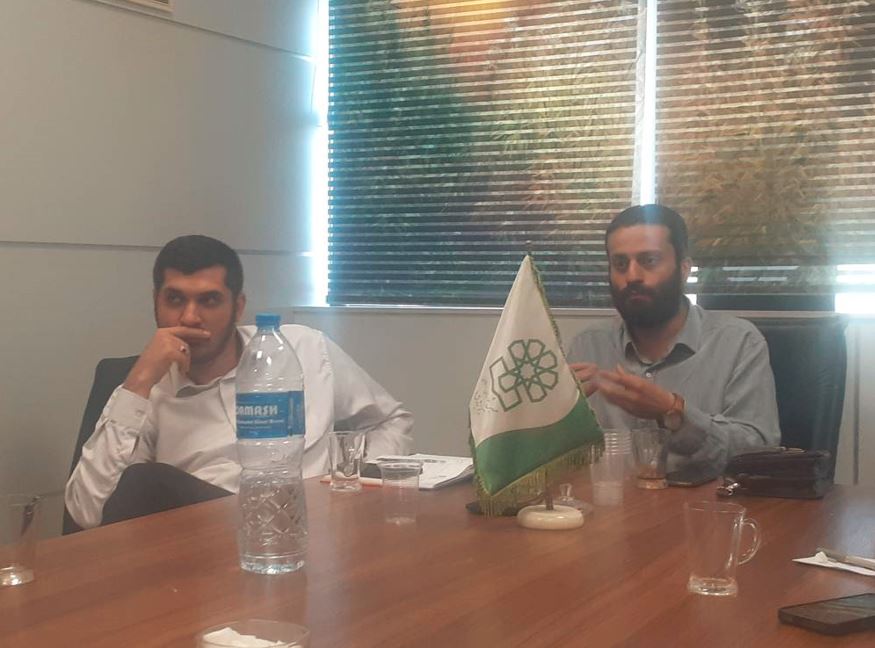
The Joint meeting of Iran-China Think Tank and Islamic Parliament Research Center Of The Islamic Republic Of Iran
How can the idea of Iran-rah (Iran as hub way) theory cause changes in the governance structures of the Islamic Republic of Iran and the region? Dr. Ali Hadavi, the theoretician of Iran-rah and researcher of Iran-China Strategic Studies Think Tank, as well as Farshad Adel, the secretary of the Silk Road Research Working Group at the Iran-China Strategic Studies Think Tank, spoke at the scientific meeting of “Iran-rah” with the presence of experts from Islamic Parliament Research Center Of The Islamic Republic Of IRAN.
China’s Belt and Road Initiative is a major plan to develop transportation infrastructure. This plan was introduced by the Chinese government in 2013 and its goal is to create a wide and frequent transportation network to connect different regions of the country and promote trade and economic exchanges. The Road Belt Initiative has two main parts: the Road Belt and the Seaway. The road belt will strengthen the connection between China and the countries of Central Asia, Europe, Russia and the Middle East. The sea route, along with roads, railways and seaports, facilitates the connection between China and the countries of Southeast Asia, Africa and Europe. The Belt and Road Initiative includes the construction and development of various transport infrastructure such as roads, railways, seaports and energy projects. This plan, while increasing trade and economic exchanges, promotes cooperation between countries in the field of economic development and sustainable development.
The Belt and Road Initiative is progressing as a big plan, and so far many projects have been started in China and other countries in the framework of this plan. This plan has a significant impact on global transportation and international communications and plays an important role in the development of backward regions and China’s political and economic influence. Iran also plays an important role in the implementation of China’s Belt and Road Initiative. As a country located on the route of the Europe-Asia road and the economic belt, Iran is directly related to this project through its transportation infrastructure. In October 2016, China and Iran signed an agreement to establish a direct railway between the cities of Tehran and Barzanjan in southwest China called “Tehran-Barzanjan High Speed Railway”.
This project, which is supposed to pass through Afghanistan and Tajikistan, is in line with connecting Iran’s rail transportation system to China’s road network. In addition to railways, Iran plays an important role in the development of ports and maritime infrastructure for China’s Belt and Road Initiative. Chabahar and Bandar Abbas ports in southern Iran have emerged as the main entry and exit points for transit and commercial cargo. Iran is also developing seaports in the north of the country, such as Anzali Port, which is supposed to act as a maritime gateway for trade between the Caspian Sea countries and China’s road network.


